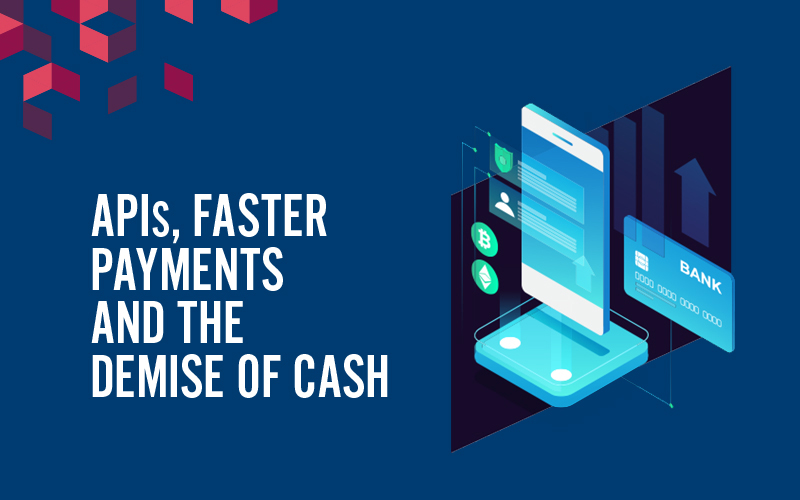
Technology is a significant driver within the payments space, as are competition and regulation. The customer journey is also a significant focus, with fintechs vying to enhance customer payment experiences and central banks investigating digital currencies.
Here are four key themes where treasurers need to keep up-to-date with progress.
1. The payment infrastructure
The Bank of England has been rebuilding its Real Time Gross Settlement (RTGS) infrastructure and is about to enter an implementation phase on a system that, it says, will bring greater stability and herald the arrival of richer payment data.
That richer, more structured data will filter down into better services and payment journeys.
With the migration from the proprietary MT messaging system to international payment standard ISO 20022, individual payments will carry additional markers (such as legal entity identifiers) facilitating better traceability as well as highlighting different parties in the payment chain.
Action: Act now to ensure internal systems – such as treasury management systems or enterprise resource planning systems – are aligned with incoming standards.
2. APIs
Open Banking has brought more market participants into the payment space. Non-banks and fintechs, in particular, have set their sights on improving payment journeys for retail and corporate customers.
The application programming interfaces (APIs) on which Open Banking is based have started to make an impact on the life of the corporate treasurer – in ways that have proved helpful during the difficult trading conditions prevalent since mid-last-year.
For instance, APIs can provide treasury functions with increased visibility on the cash balances of overseas operating companies and subsidiaries enabling them to take intraday action on overseas cash balances.
Action: Look for ways in which APIs can improve cash visibility and payment management.
3. Contactless and Faster Payments
The COVID-19 crisis and associated lockdowns have fast-tracked the adoption of digital payments and accelerated the decline in cash with astonishing swiftness.
The slowdown in economic activity last year brought falls in payment volumes overall, as business confidence fell; however, the growth in digital payments was remarkable. Over half of all payments in 2020 in the UK were made via cards, and cash payments fell by 35% compared to the previous year, according to UK Finance’s market summary for 2021.
In the UK, contactless payments rose from 19% of all payments in 2018 to 27% in 2020.
Faster Payments also increased. According to UK Finance’s UK Payment Markets 2021 report, the number of remote banking payments processed via Faster Payments (or cleared in-house by banks) rose by 21% to just under £3bn. Four out of 10 B2B payments were made via Faster Payments or other remote banking in 2020.
Action: Treasurers need to look at digital payments strategically. Businesses, particularly consumer-facing ones, need to position themselves to accept payments via a range of channels.
4. Central bank digital currencies (CBDCs)
The Bank of England, along with the vast majority of central banks, is looking closely at CBDCs, prompted in part by the rapid changes in the payments landscape, especially the increase of digital money.
Touted as a means of counteracting the privatisation of money that the shift to digital arguably brings about, the Bank of England argues a CBDC, underpinned by secure technology, will increase resilience in the global payments system and could become a building block for better cross-border payments.
Commercial organisations such as banks and fintechs are also watching closely to see where their own innovations might intersect with CBDC development, particularly in relation to international payments.
Action: Stay on top of trends in electronic money – there could be fundamental implications for treasurers and payment management.
FINAL THOUGHTS
Payments innovations, in their many forms, have real implications for treasury management. Tracking developments and ensuring that in-house technology matches what’s going on in the wider payments world will remain firmly on the treasurer’s radar.
Liz Loxton is editor of The Treasurer and a freelance business writer
Barclays Bank PLC is registered in England (Company No. 1026167) with its registered office at 1 Churchill Place, London E14 5HP. Barclays Bank PLC is authorised by the Prudential Regulation Authority, and regulated by the Financial Conduct Authority (Financial Services Register No. 122702) and the Prudential Regulation Authority. Barclays is a trading name and trade mark of Barclays PLC and its subsidiaries. Find out about the Financial Services Register.
